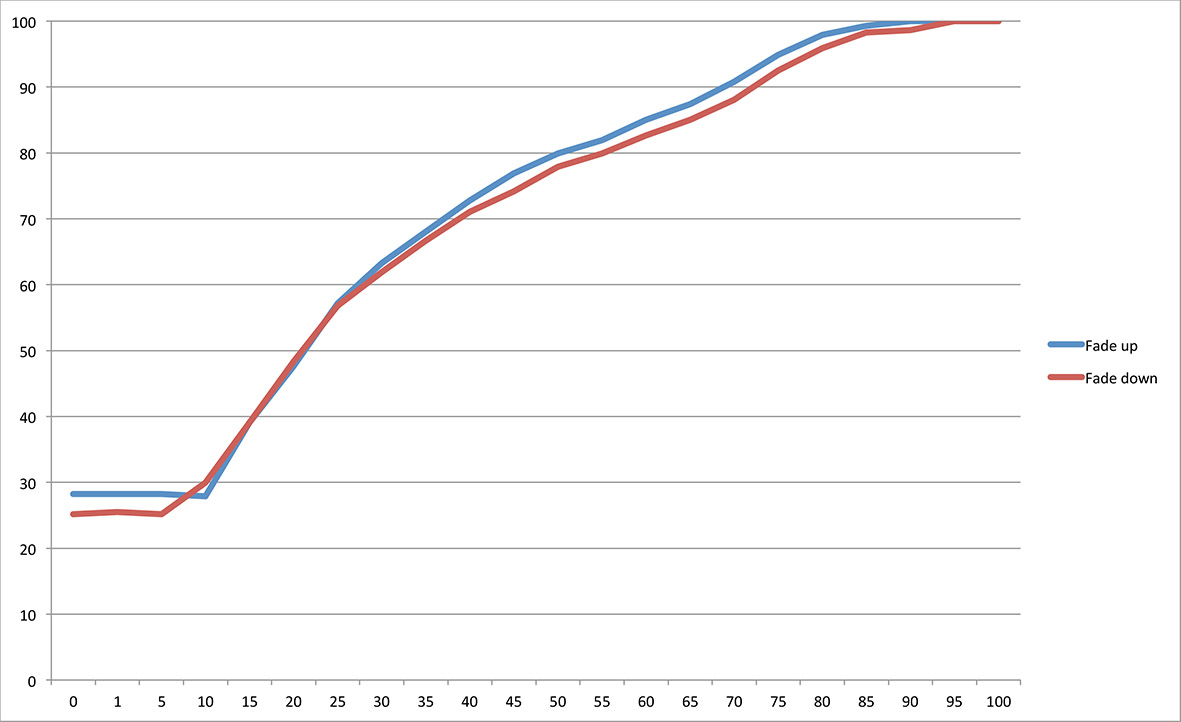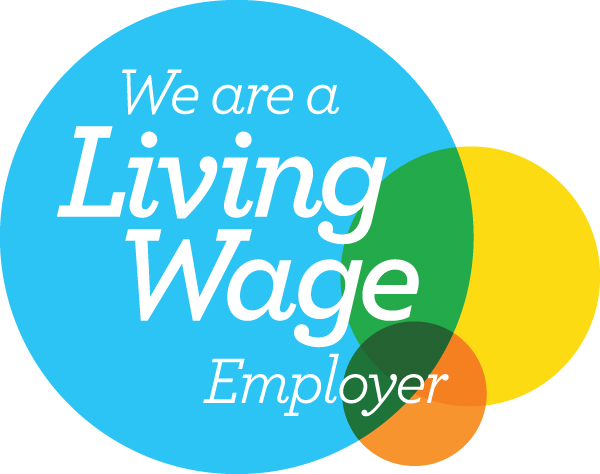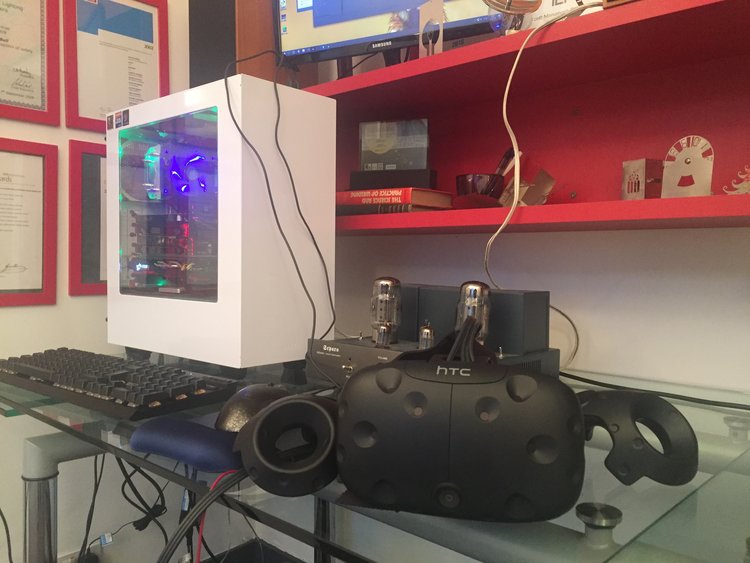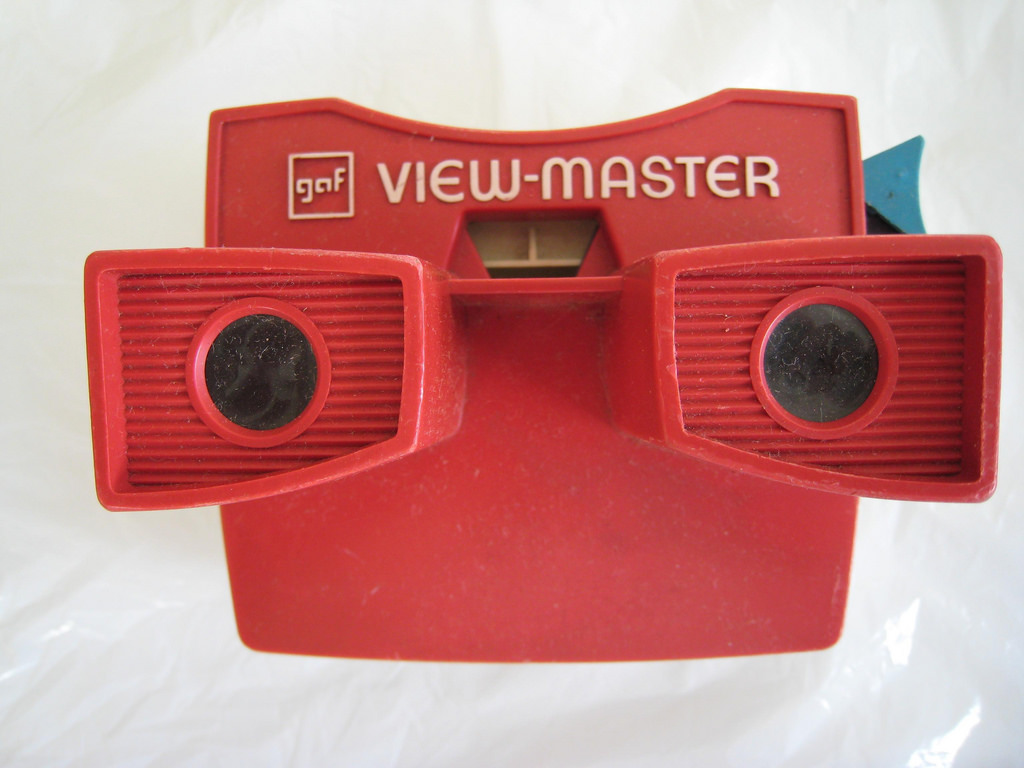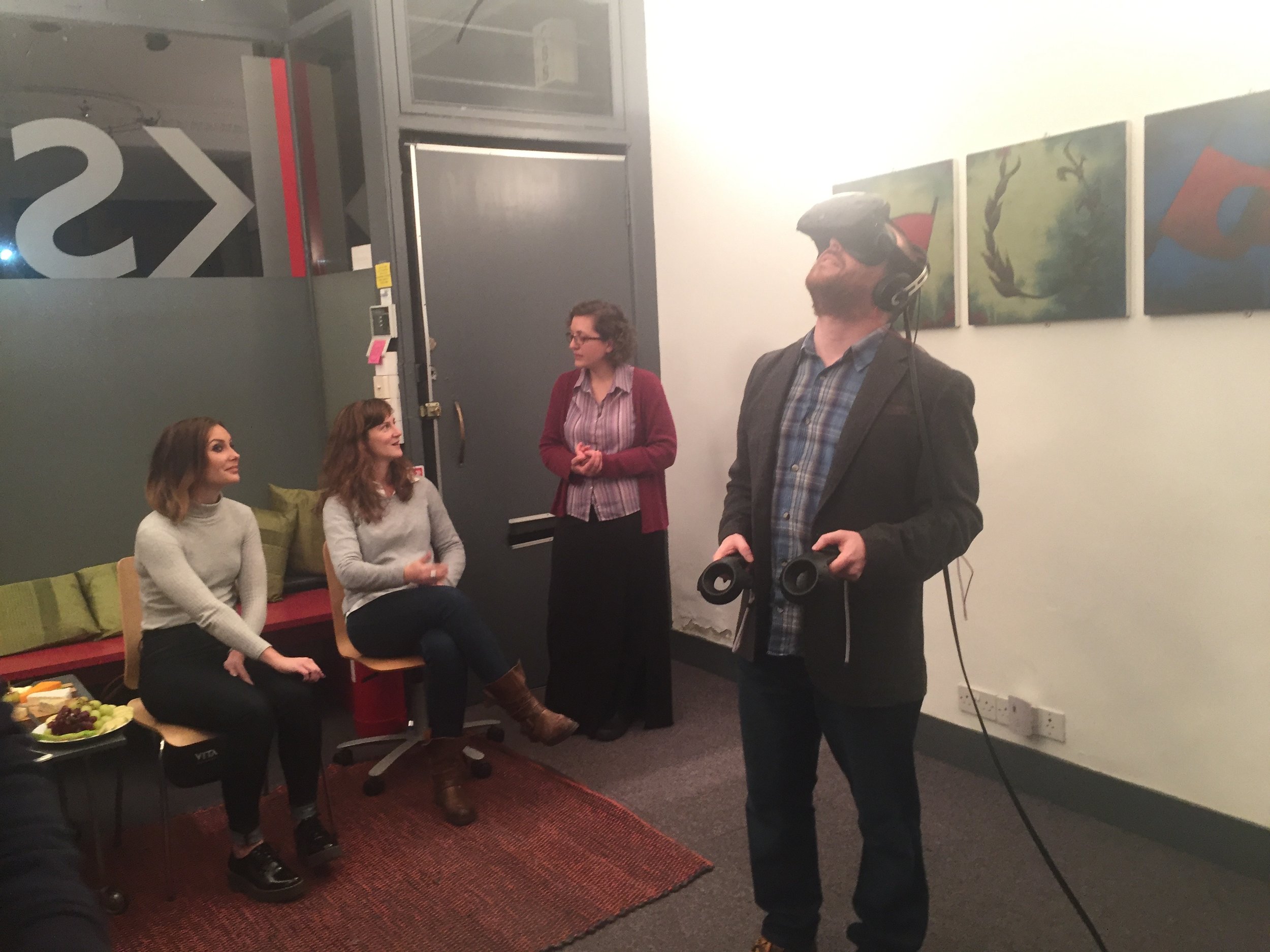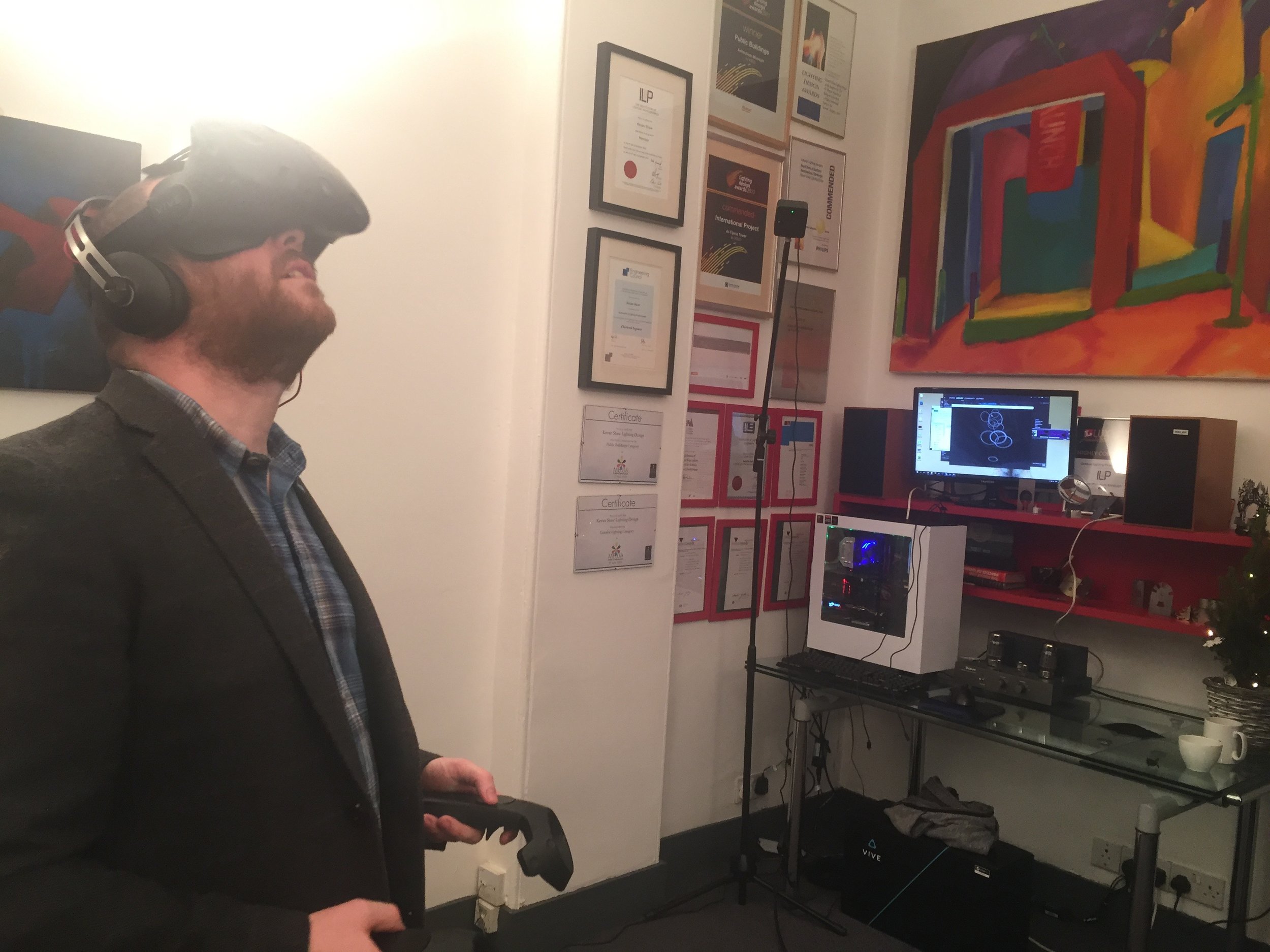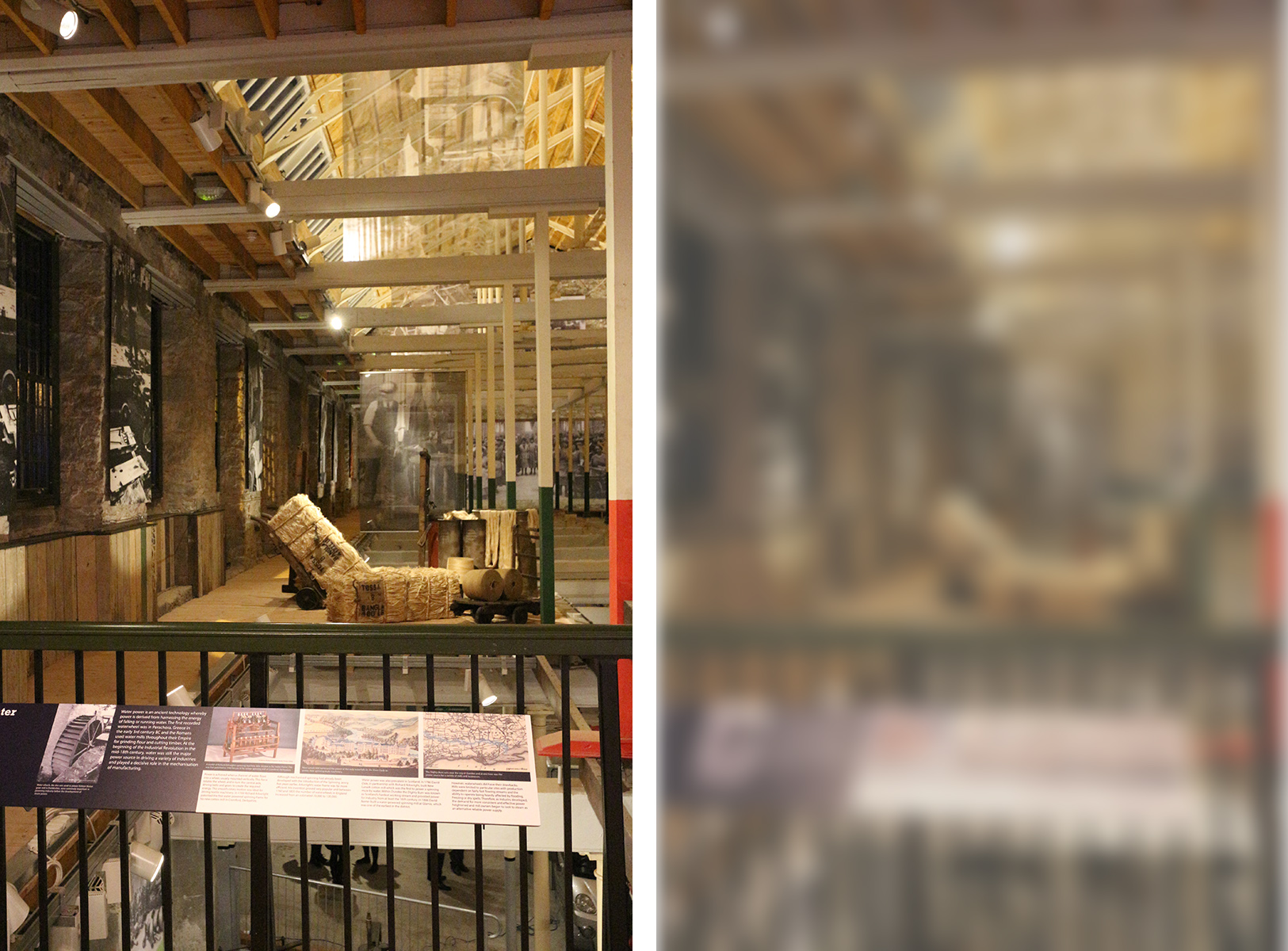Lighting’s Contribution to the EU Green Deal
Should we be congratulating ourselves in the lighting community for our contribution, so far, to the aims of the Green Deal? In the past 15 years or so, through EU lighting regulation, we have eliminated almost all light sources except LED. Typically, this new light source saves between 20% and 85% of the energy used by the legacy light sources to produce the same quantity of light. Surely, we have achieved the spectacular energy savings promised by the promotors and supporters of these regulations? We don’t know. Research has not been done to determine either the actual energy savings of specific lighting installations or the actual proportion of installations that are now replaced with LED in Europe. Neither do we know whether the reduction in energy cost for lighting has significantly increased the provision of light, as has happened historically with each previous innovation in lighting technology, reducing the predicted savings for energy used for lighting.
Neither has the legislation been followed through with adequate market surveillance. Lamps banned as long ago as 2009 are still purchasable from many retail outlets. At this stage it is hard to believe that these were “Placed on the market” 15 years ago, less so when they have manufacturing date codes that are much more recent. Even more egregious are new products that manifestly fail to meet regulations through lack of labelling, blatantly false performance claims and downright dangerous construction. As demonstrated by Lighting Europe many come to the market through online sales channels that can for now avoid legal responsibility.
For lighting to contribute more to energy use reduction and general climate impact we need to improve our use of lighting. “The Right Light in the Right Place at the Right Time.” The Lighting Designer’s mantra. We need to implement better lighting control. The products exist but knowledge for the use and installation of lighting controls is poor. We also need to properly measure lighting energy use, we have the method, the Lighting Energy Numeric Indicator (LENI) but despite it being enshrined in EU Building Energy Use regulation it is not generally used!
We also need to implement circular economy principles effectively and in the correct order. Reduce, Re-Use and Recycle. Reduce and Re-use are things that lighting designers principally can do and we should. We also need to be more aware of the embodied energy and resources use in equipment that we specify. As CO2 is driven out of the electricity generating mix, the climate impact of lighting will increasingly be that of manufacture, transport and installation and not the energy in use where regulatory focus has been so far.
In respect of re-use, refurbishment and re-manufacture of existing equipment, it is necessary to separate the regulatory requirements and burden on re-used equipment from that for new equipment. Already we are seeing compliance costs for re-use exceeding the price for new equipment. This must not happen to ensure the resources that have been used in the manufacture of existing equipment are not squandered and wasted. We risk creating regulated obsolescence far worse even than planned obsolescence for resource use.
We are coming to the end of the design life, based on expected LED performance, of the first-generation LED installations. We really need to know how these have performed. Has the expected light output reduction happened? This is another urgent area of research that seems to be ignored. Unless we know this, we have no certainty on value judgements on re-use or maintenance of existing installations. There remains a focus on light sources as the life limiting factor of lighting equipment. This is a hangover from old lamp technologies where lamps were changed, or at least should have been, on a regular basis. Now we need to be concerned about electronics, both for driving LEDs and in lighting controls and software that needs to continue to be operable on ever changing operating systems. This is critical as we are already seeing products becoming unusable as software is not updated or worse when the manufacturing company fails, and the software disappears from App stores as has happened with my spectrophotometer and my colour changing Christmas lights!
To achieve the aims of the European Green Deal, we must look forward informed by what has gone before.
Kevan Shaw 27 February 2024












